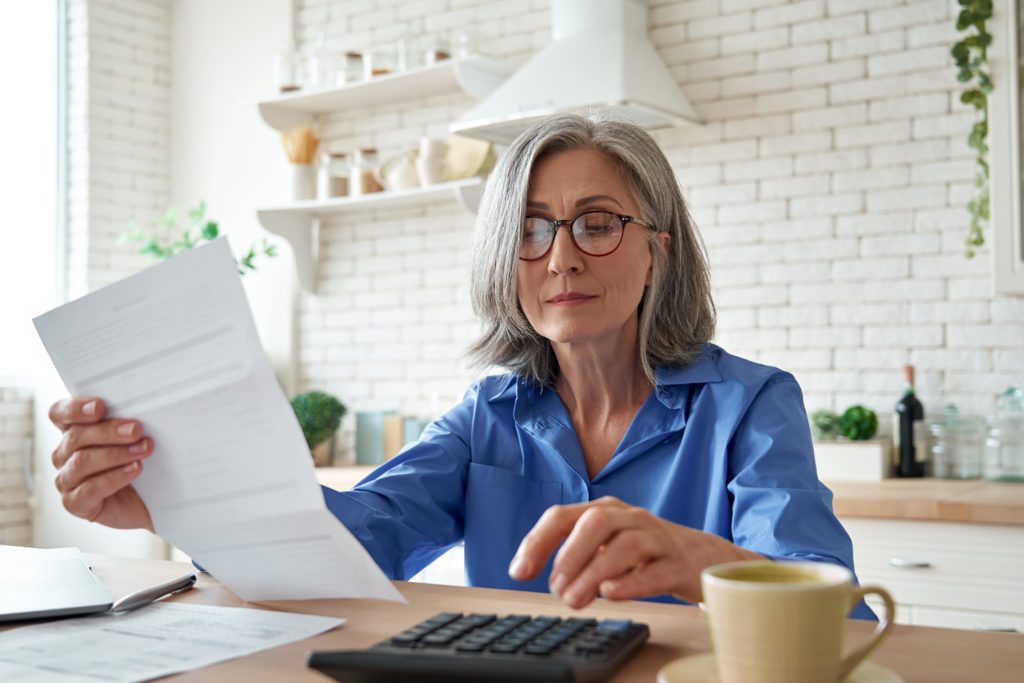The area of tax is full of reliefs and allowances. Knowing what these are allows you to plan your tax affairs and reduce the tax you need to pay. One such allowance is what we refer to as the £1,000 allowance. Actually there are two areas where you are entitled to a £1,000 allowance so let’s look at what they are.
Property Allowance
The property allowance can be used by landlords to get up to £1,000 in rental income tax-free every year. If you own a property with others, you can each claim the allowance against your share of the gross rental income.
If you earn less than £1,000 from rental income in the tax year, you don’t need to do anything because it’s tax-free. But remember by using the £1,000 allowance you cannot create a loss.
This can arise if for example you start letting out a property towards the end of the tax year like February or March. Let’s say you start letting out a property on 10th February with monthly rents of £400. This will generate income of £800 in the tax year. In which case you just claim the allowance and end up with a no profit no loss position.
The type of properties covered are:
- Domestic and overseas property businesses
- Commercial & residential lettings
However, if you earn more than £1,000 from UK and overseas property income, then you will need to decide if it’s worthwhile to use the property allowance, or if it would be more cost-effective to claim your expenses.
You can decide each year which is better – £1,000 or the actual costs. Elections must be made by the 31st of January following the tax year. So, you still have time to make the elections for rents to 5th April 2022.
When can you not claim the property allowance
- If you are letting out a spare room in your home under the rent a room scheme, you cannot claim this allowance
- You are also not able to claim this allowance if you are letting your property to connected parties.
- If you are claiming for mortgage interest, you cannot claim this allowance. Mortgage interest relief is now available at 20% as a finance reducer.
Is it worth claiming the property allowance?
If you’re renting out a buy-to-let or a second property, usually your expenses are higher than £1,000 a year, so only use this allowance if you misplace your receipts or if you only incurred very little expenses.
However, you can review your expenditure each year and make a choice. You can also give us a call if you would like further advice.
Example
Adam rents out a small property and receives £1,600 rent in the year. He also has legal fees of £150 from drawing up a rental agreement between him and the tenants.
Adam elects to use the property allowance for partial relief. Here’s how he would calculate it:
-
Calculate the total receipts of the relevant property business:
Calculate the total income related to the property business. For Adam, this amounts to £1,600.
-
Subtract the deductible amount from receipts:
After claiming the £1,000 allowance, Adam’s profit will be £600
The £150 legal fees are not brought into account because you cannot claim both the property allowance and expenses. If Adam had not opted for the allowance, then his profit would have been £1,450 (£1,600-150).
Adam needs to review his position each year to establish whether to claim the allowance and plus when to contact HM Revenue & Customs (HMRC)
You must tell HMRC if you have:
- gross property income over £1,000 up to £2,500 – contact HMRC
- property income over £2,500 – register for Self-Assessment
Trading Allowance
Are you self-employed? You may just have started or are engaging in other activities to supplement your income. If so, you may be entitled to the £1,000 tax exemption.
If your gross income (before claiming any expenses) is less than £1,000 you do not need to tell HMRC and you do not need to pay any tax.
But you know there will be conditions to claim this allowance, right?
As with the property allowance you must tell HMRC about your source of income if it produces more than £1,000 per year. You would need to register for Self -Assessment (link above).
Any income you receive as a partner in a partnership is excluded from this allowance and so if you are a partner then you must register for self-assessment irrespective of the income.
The full HMRC guidance on both these allowances sets out the circumstances under which these allowances can and cannot be used in detail. Be sure you read this before deciding.
The guidance also goes further to set out what records you need to keep if you are going to use the trading allowance.
We would always suggest seeking professional advice before you decide. If you want to feel calm and confident about your taxes have a look here.

